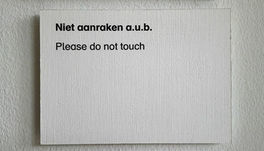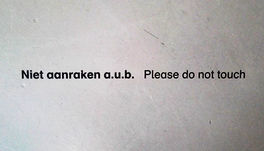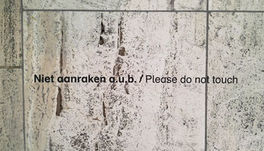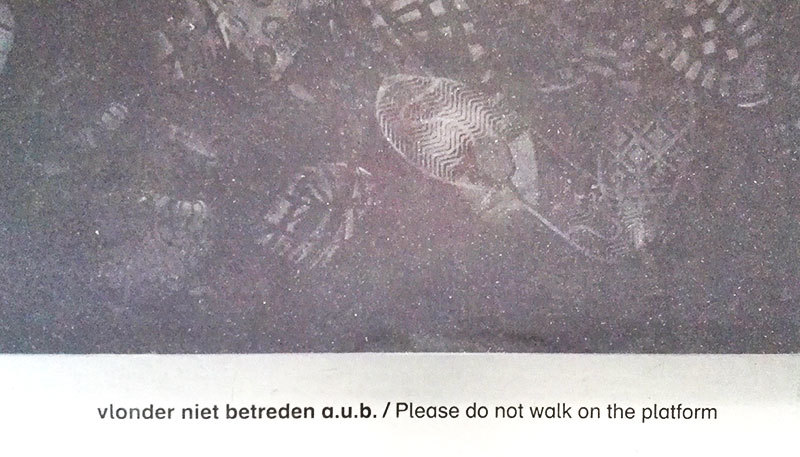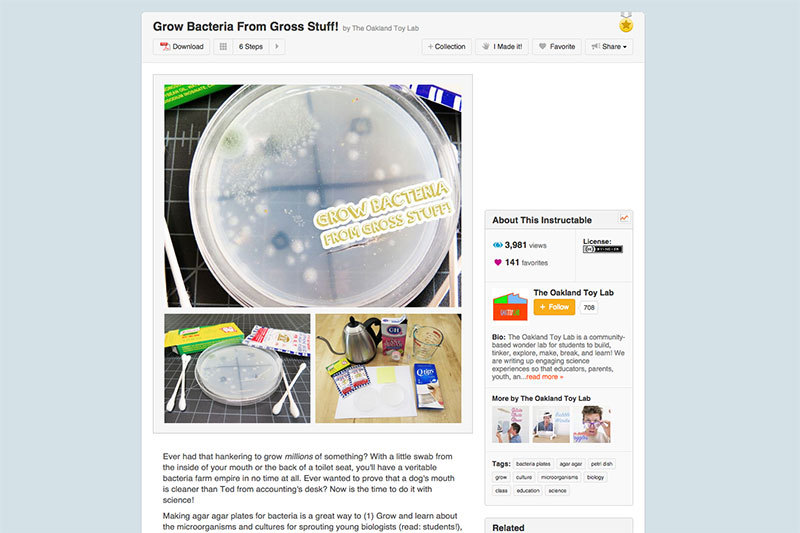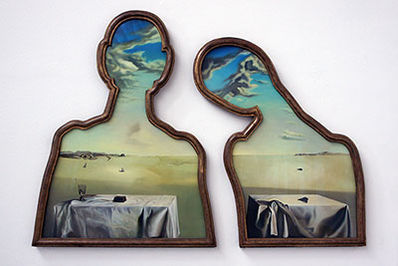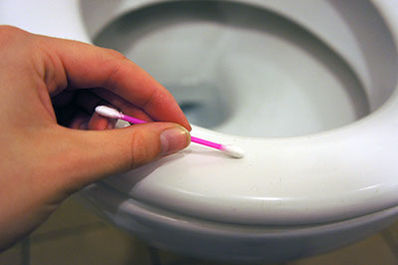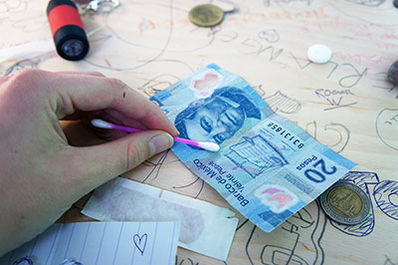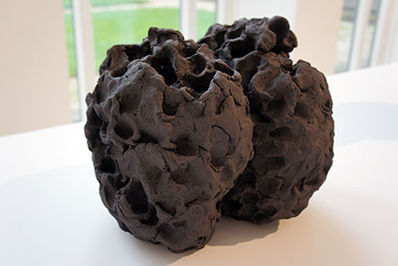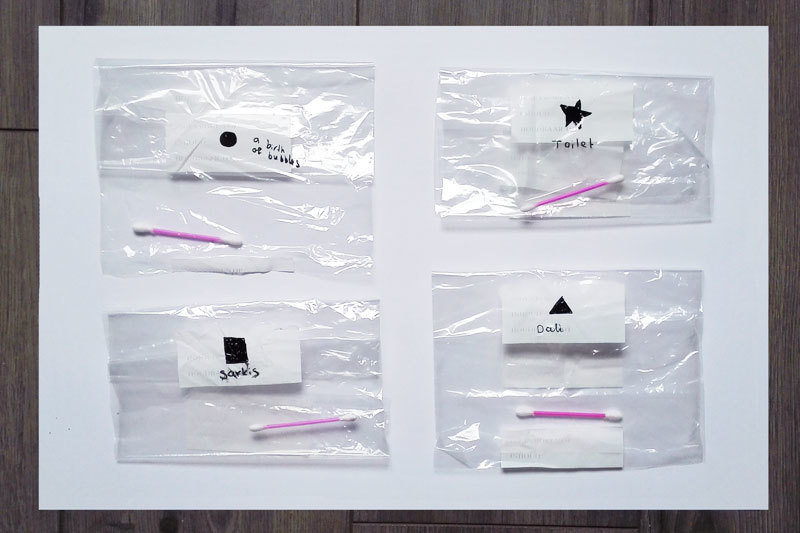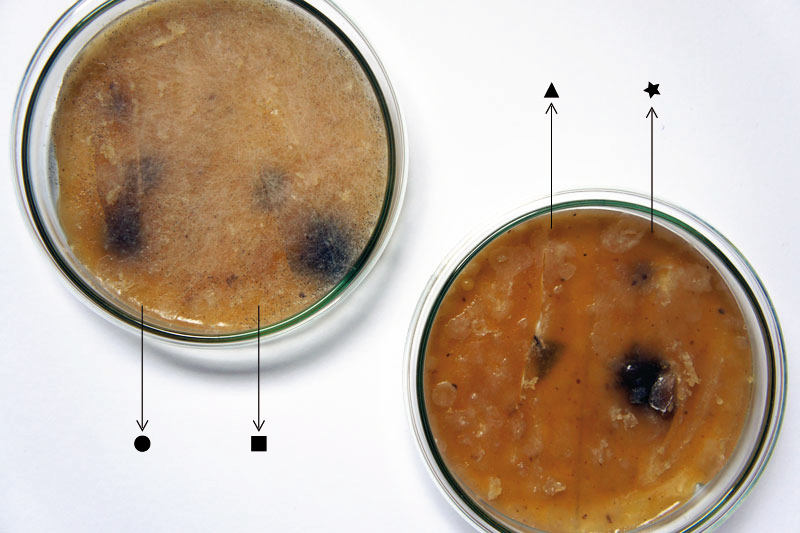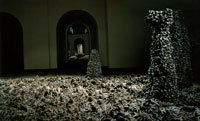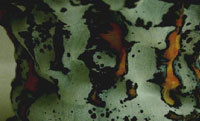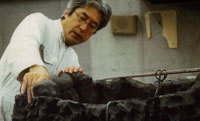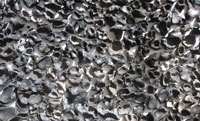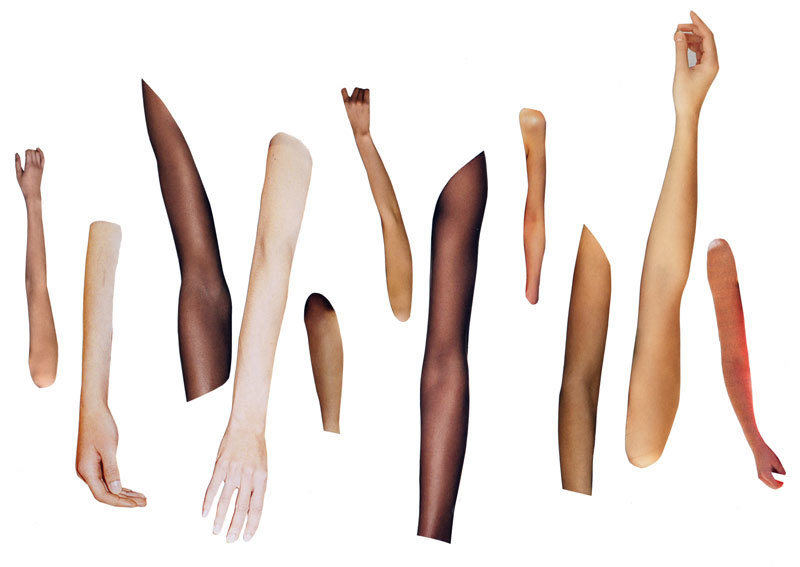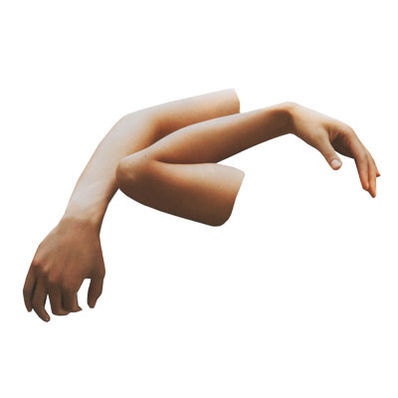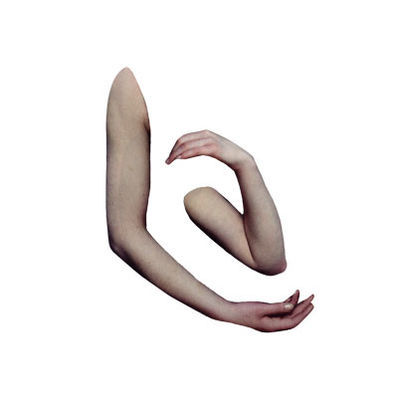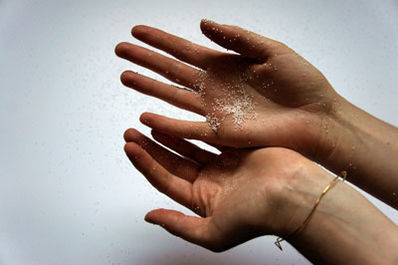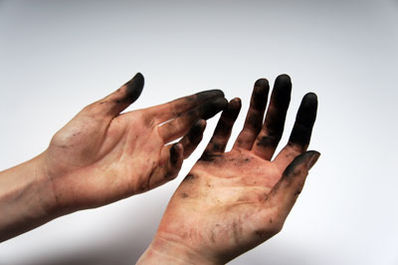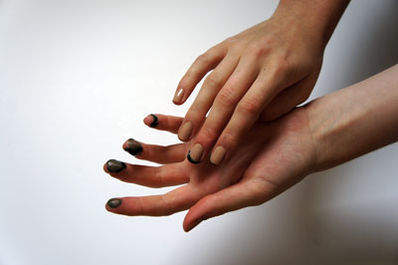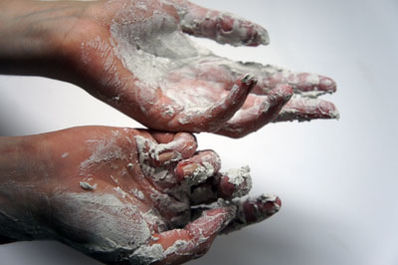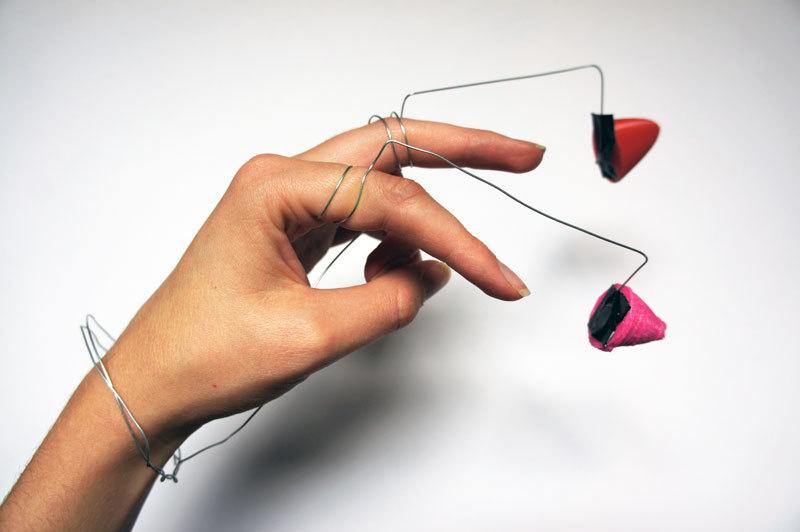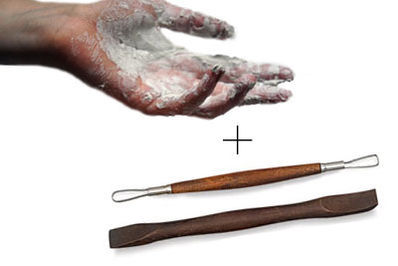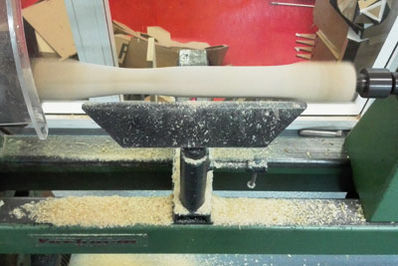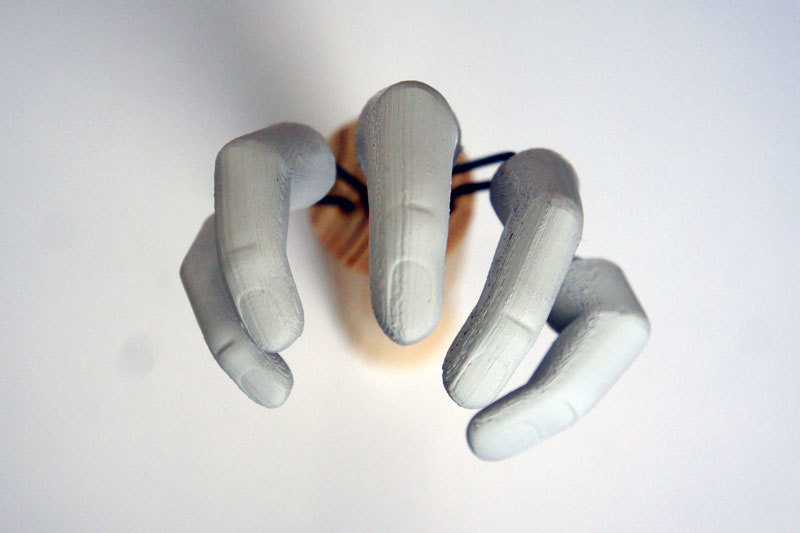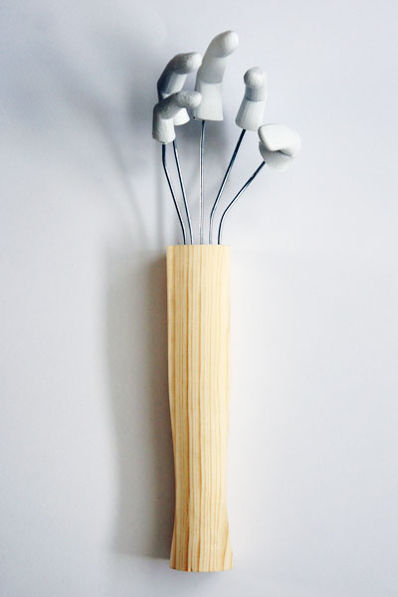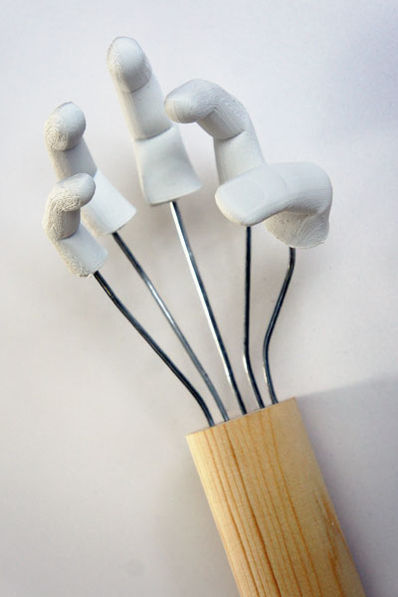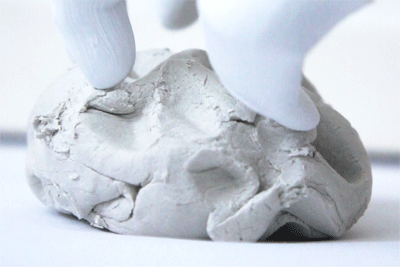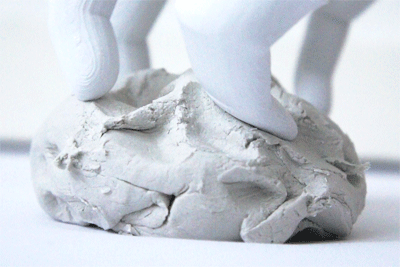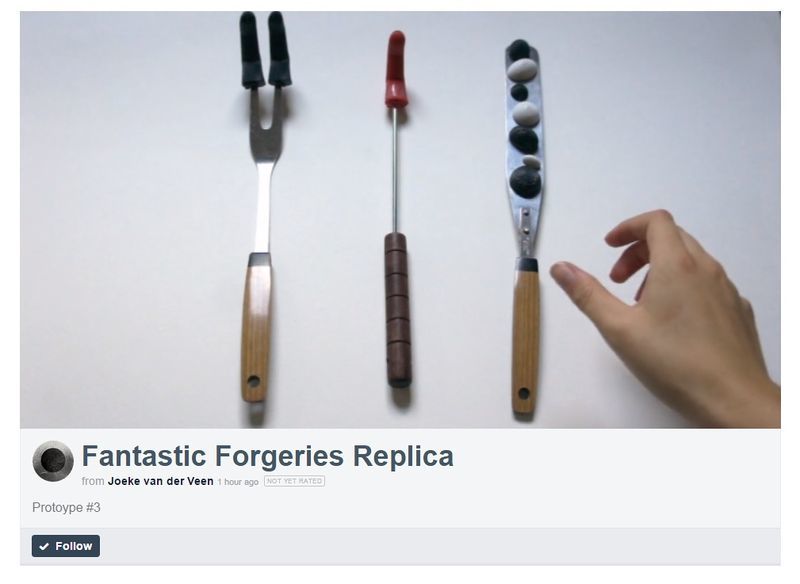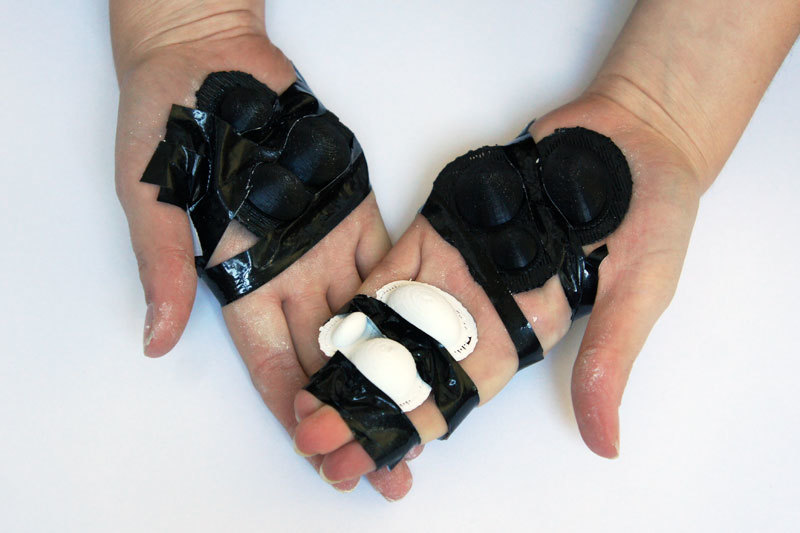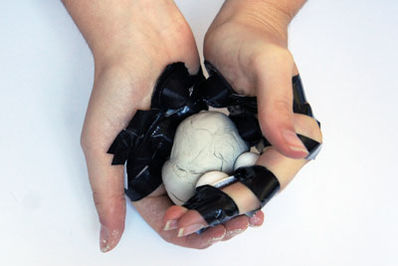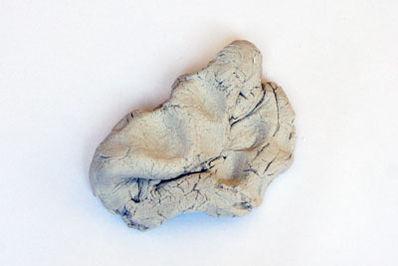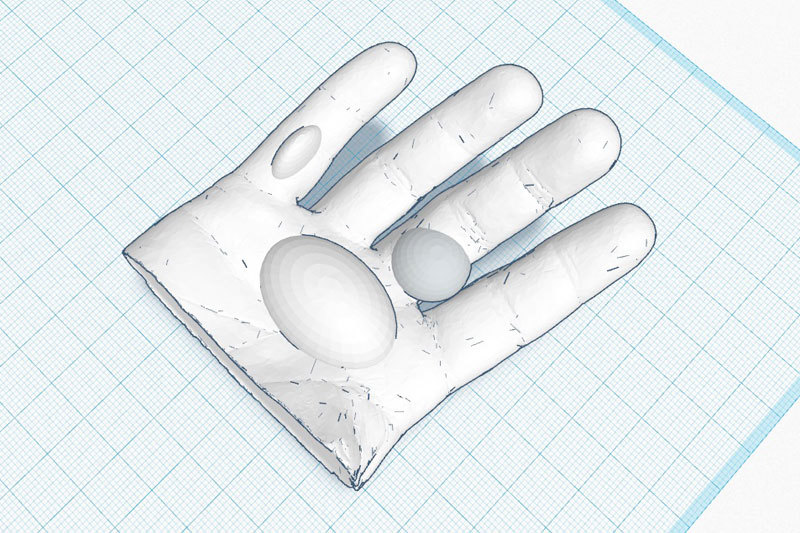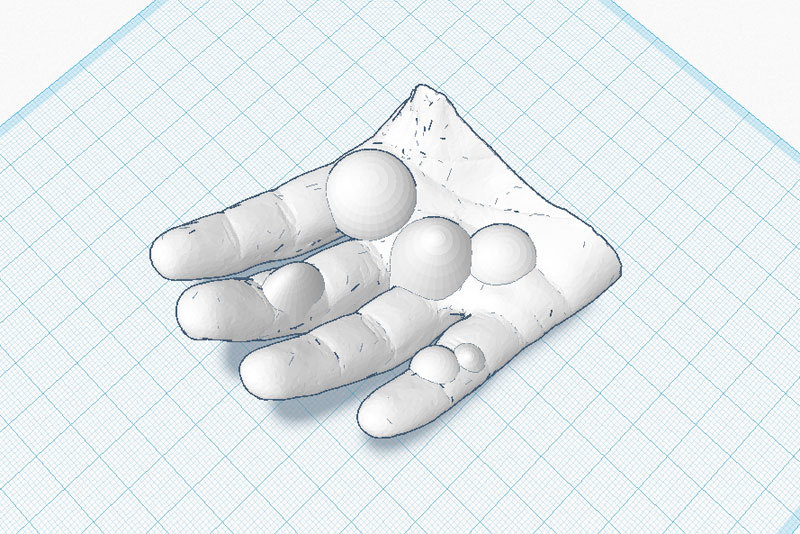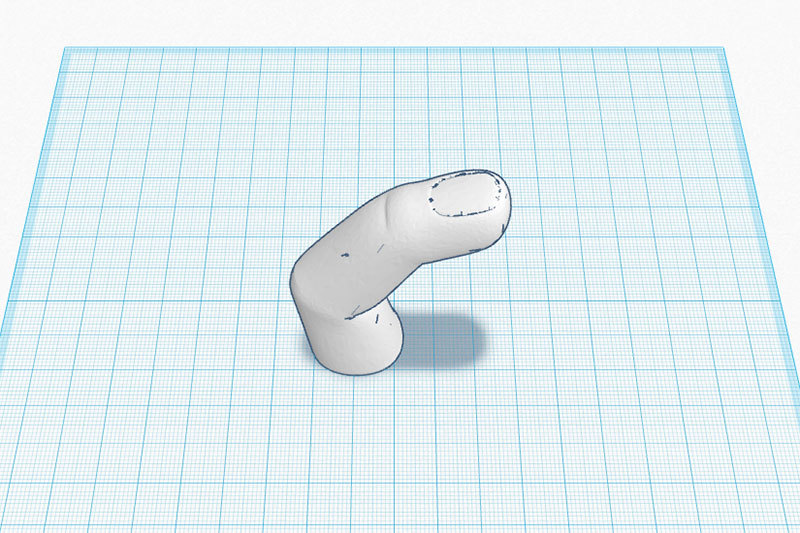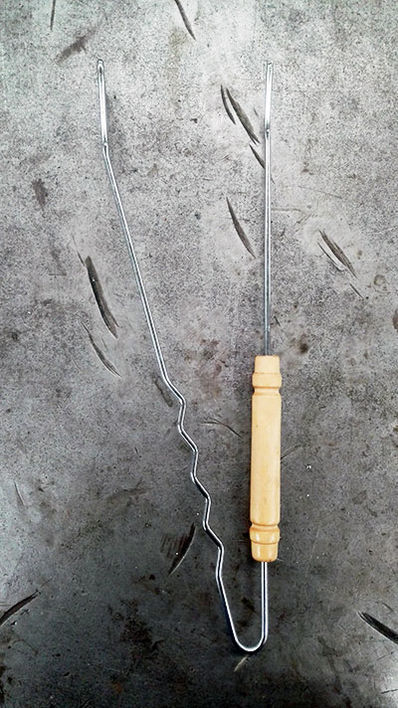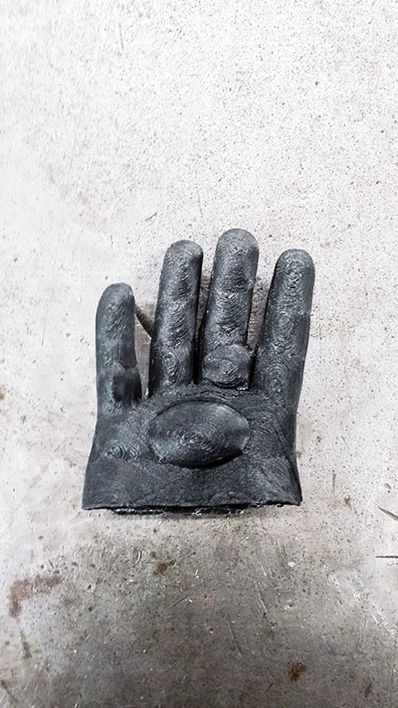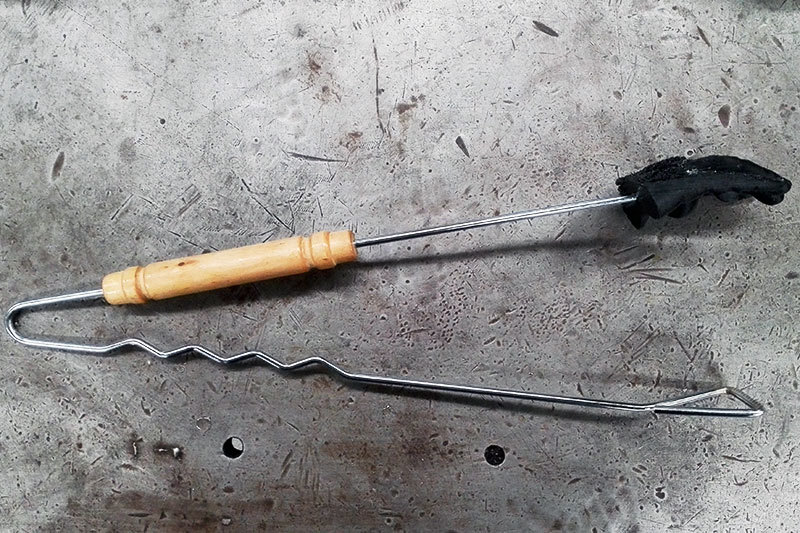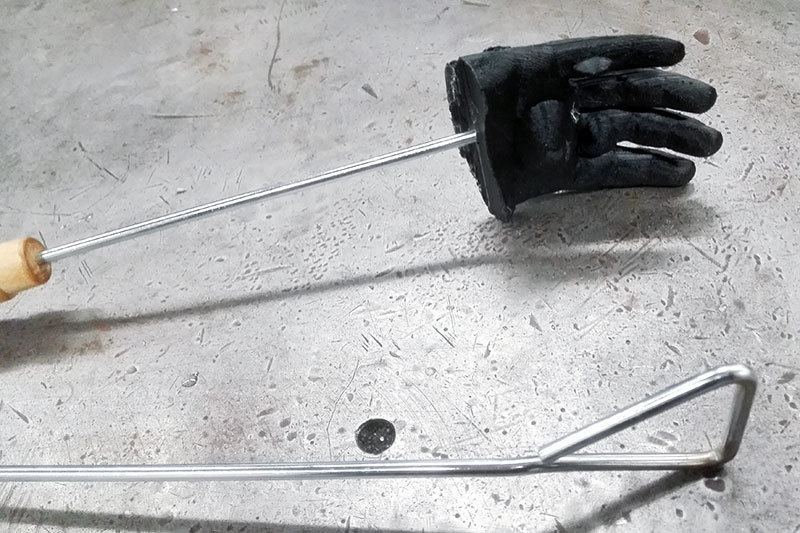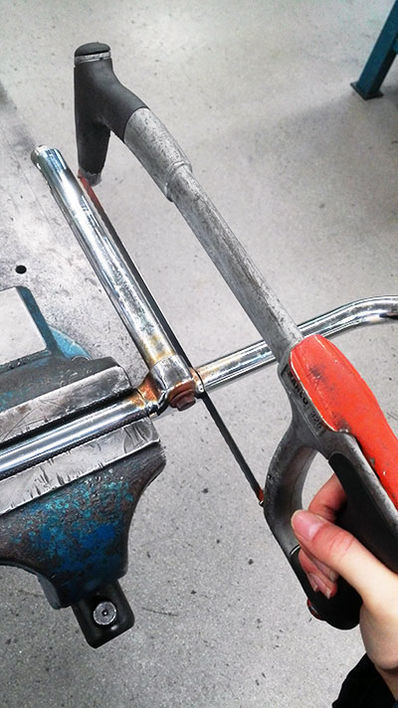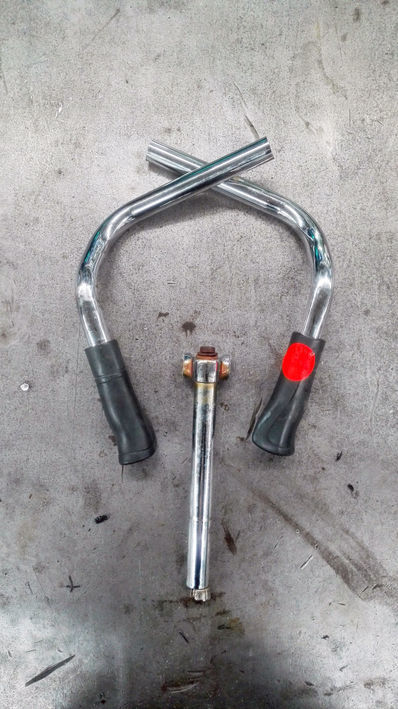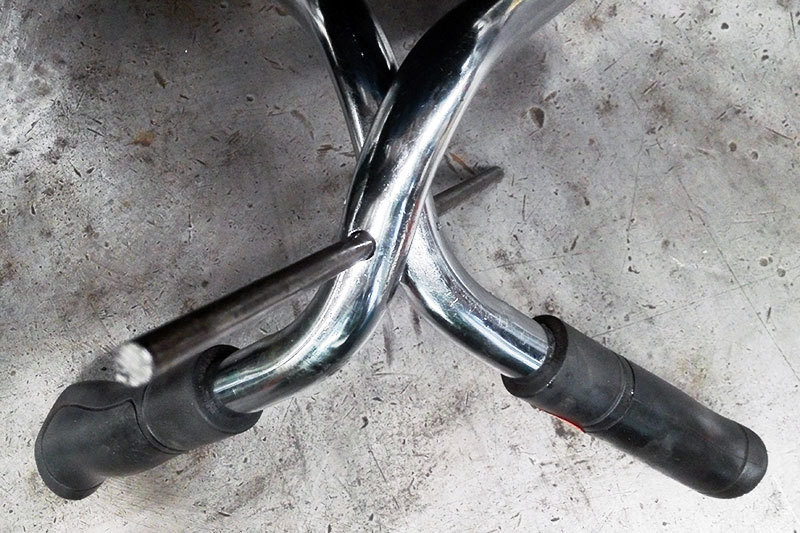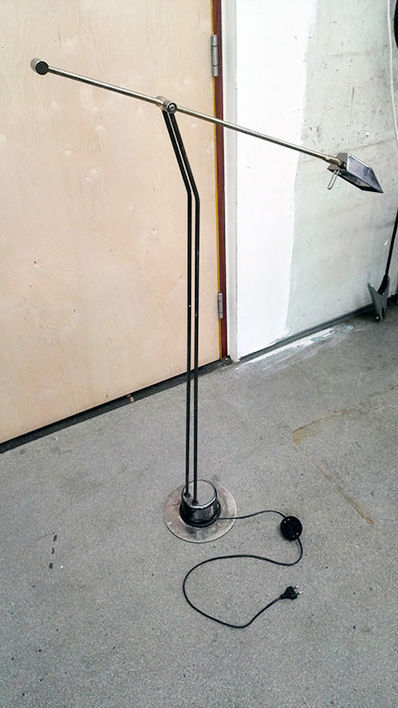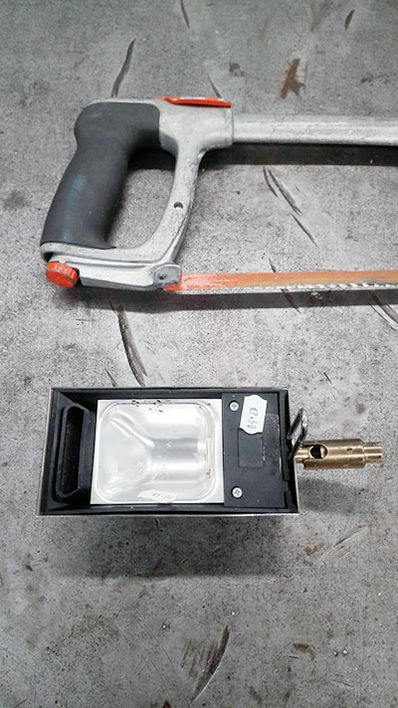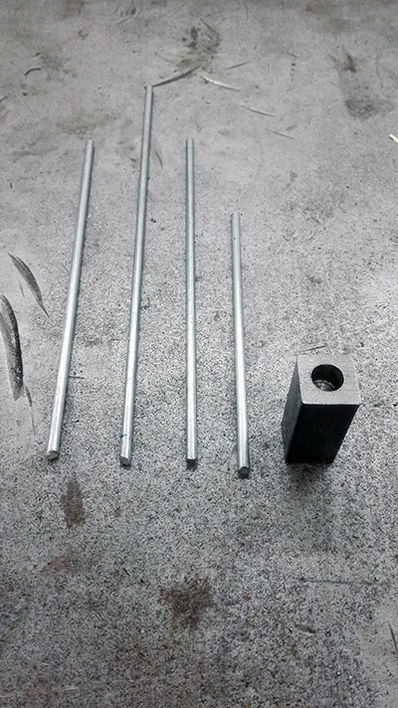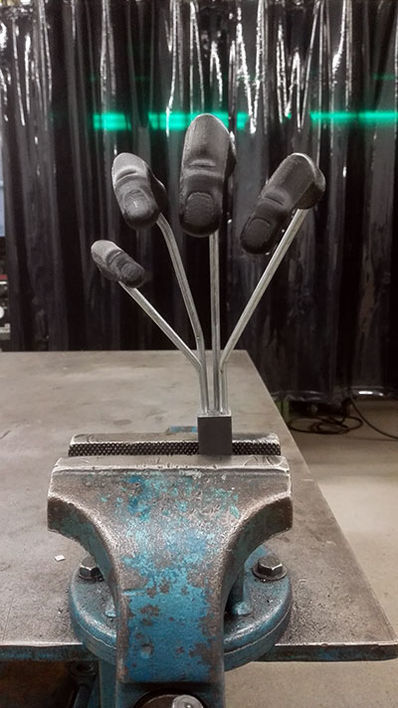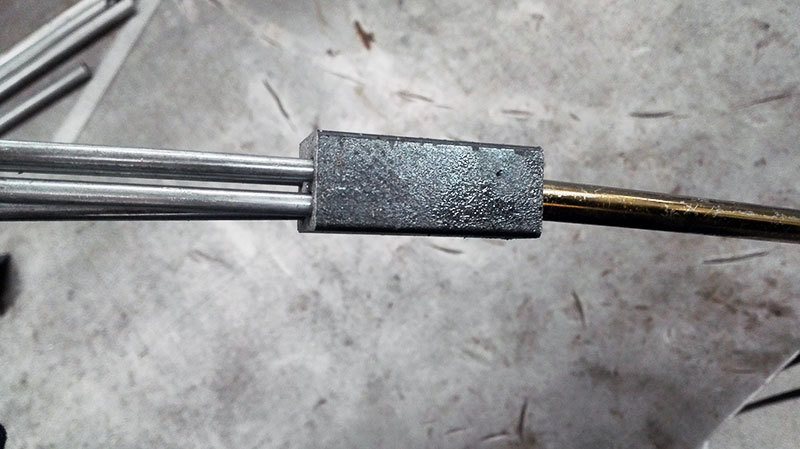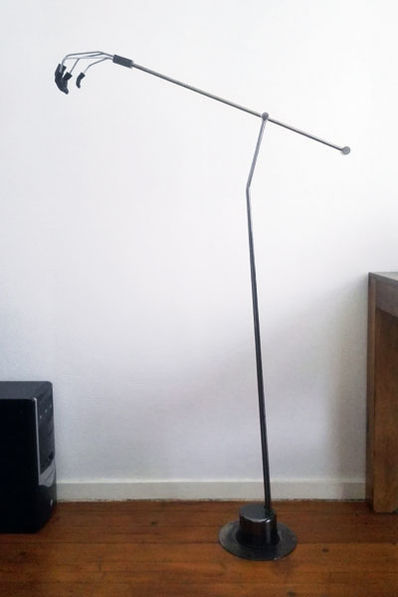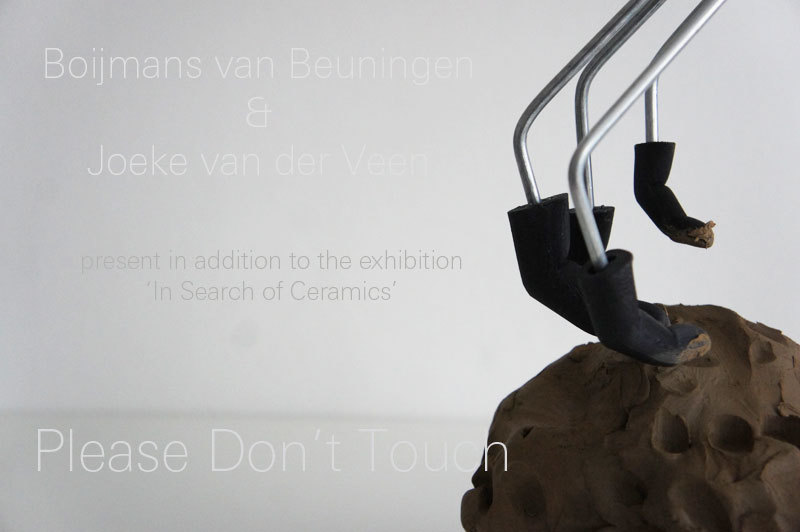Joeke Fantastic Forgeries 15 16
Contents
- 1 CHOOSING AN ARTEFACT
- 2 RESEARCH ARTEFACT
- 3 REPLICA CONCEPT
- 4 REPLICA VISUAL RESEARCH
- 5 REPLICA EXPERIMENT #1
- 6 REPLICA EXPERIMENT #2
- 7 REPLICA EXPERIMENT #3
- 8 TRANSFORMATION CONCEPT
- 9 TRANSFORMATION PROCESS
- 10 TRANSFORMATION EXPERIMENT #1
- 11 TRANSFORMATION EXPERIMENT #2
- 12 TRANSFORMATION EXPERIMENT #3
- 13 SETTING
CHOOSING AN ARTEFACT
Which artefact challenges me, but also other visitors of the museum, the most to ignore the 'please don't touch' sign and secretly touch the artefact to experience the texture of it?
Materials and textures are important elements of my work and craft process. I believe that you have to 'see with your hands' to fully experience an artefact.
To get an answer to the question above I sampled the bacteria from different artefacts of the Boijmans van Beuningen Museum, by using this tutorial.
With this data I hoped to examine which artefact was touched the most by visitors.
Instructable I used to understand how to sample and grow bacteria:
Sampling bacteria from the following artefacts and objects:
Salvador Dalí - A Couple with Their Head Full of Clouds, 1936
Toilet - to compare the results of the artefacts with
Sarkis - Respiro, 2015
Satoru Hoshino - A Birth of Bubbles II, 2012
Update bacteria September 21:
Final choice:
While rubbing my q-tip on the surface of the ceramic artefact 'Birth of Bubbles II' I got busted by a security worker of the museum.
This made me realize how strange it is that you are not allowed to touch it.
The artefact 'Birth of Bubbles II' is, according to the description of the sign, a representation of the artists' contact with the soil.
But as a spectator you can only look at the artefact and think about the artist's experience of the soil, not experience it yourself.
RESEARCH ARTEFACT
Satoru Hoshino - A Birth of Bubbles II, 2012
The Studio of this Japanese ceramic artist was destroyed by an earthquake in 1986.
Since then he sees the material as a symbol of the power of nature.
“I engage in a dialogue with the clay as it sits in from of me, as a soft, flexible lump of matter. This dialogue is carried out through a form of body language: the primitive action of pressing parts of my body against the body of the clay. This is not a relationship in which I am active and the clay is passive, even if I am the first to speak. The dialogue can only take place if I empathise with the material, adjusting myself to the time contained in the clay and the rhythms of nature." - Satoru Hoshino
“It is essential to understand that he does not treat clay simply as a material. His encounter with clay as a physical substance is more primal and fundamental." - Arata Tani
REPLICA CONCEPT
Engage the contrast between the materiality of the artefact and the immaterially of the 'please, don't touch' signs in the museum
in a tool to edit, process and manipulate the material without actually having to touch it with your hands.
This will create a distance between the maker and the material, such as the distance between the visitor of the museum and its artefacts.
The tool will be focused on replicating the movement of the hands while editing the material, because this is the most important key
in the making process of Satoru Hoshino; the dialog between the material and his hands.
Trying to understand the artefact and make it understandable for others, but also create a critic point of view on the atefact,
by replicate the artefact on my own way.
REPLICA VISUAL RESEARCH
Research to the forms and shapes of hands,
because the hands are the most important element of the work process of Satoru Hoshino (self-made images):
Research to marks from materials on hands (self-made images):
REPLICA EXPERIMENT #1
A protoype made from 3D printed 'fingertips' based on the fingerprints you can see in the artefact,
placed before your real fingertips so you don't have to touch the material with your hands while editing the material.
How to improve: making the prototype stronger so you can really use it, making a more detailed replica of fingertips so they actually look like fingertips.
REPLICA EXPERIMENT #2
A 'hand-tool' inspired by the combination of clay working tools and hands.
First I used the craft 'woodturning' on a lathe to make a handgrip, then I printed five fingers.
Inspiration and woodturning on the lathe:
'Hand-tool':
Replicating. Using DAS modeling clay and the 'hand-tool' to replicate 'Birth of Bubbles II'.
Feedback Tim: making a better replica by improving the 'hand-tool'.
So when you see the tool, you can imagine the replica without having to see it.
Less a back-scratcher-look.
REPLICA EXPERIMENT #3
Loose the back-scratcher-look by making the hand-shape more abstract.
Making a better replica out of clay by adjusting the 'hand-tool' on the original art-piece.
Video replica experiment #3
Next step: I created tools to understand the working process of Satoru Hoshino.
By doing this, I developed, with help of the information I gained about Open Design, a critical opinion about the artefact.
What if, with my tools, everybody could make an artefact such as 'Birth of Bubbles II'?
Would the artefact still be valuable?
My next step is to create a transformation that makes the copying process even more accessible for non-designers.
TRANSFORMATION CONCEPT
Making the original artifact understandable for non-designers by creating a tool that they can use to make an artefact,
such as 'Birth of Bubbles II' by themselves.
Relevant for the Open Design Movement because it's focused on creating a tool for other's to express their creativity and to understand the original artefact.
But also made from a critical point of view on the Open Design movement; where is the line between artist and hobbyist?
"Open Design is a process for enabling design literacy in everyone. The role of the professional designer will be to guide users and to deal with complexity for making tools needed by non-designers to express themselves creatively." - Peter Troxler
TRANSFORMATION PROCESS
Research shape: research to a better shape for a more complex 'hand-tool', which anybody can use for making an artefact.
I 3D printed round shapes that fit the holes in the artefact of Sotura Hoshino, attached them to my hand and edited clay:
3D modeling: using the research for 3D models of the hands and fingers.
Using a model from thingiverse and edit it with my own designed 'bubbles'.
Resizing and printing fingers:
Making tools from existing tools:
TRANSFORMATION EXPERIMENT #1
Tongs-tool: transforming a kitchen tool.
Result, a little disappointing that the hand is smaller then a normal hand.
I also want to work on making a tool that is more static, more machine-like.
TRANSFORMATION EXPERIMENT #2
Handlebar-tool: using the metal frame of the handlebar of a bike, already made to feel comfortable in the hands.
Trying to make a tool with a rotation mechanism, not very successful:
TRANSFORMATION EXPERIMENT #3
Lamp-tool: using the rotating mechanism of a lamp. Using a saw to remove all the parts I don't need:
Attach the fingers to the stam of the lamp with a self-made system:
Result:
Feedback Roel: make the tool attractive for users by placing it in the right context.
Why would an user use this tool, why would this tool and the 'artefact' he's creating be valuable for the user?
SETTING
Creating the right setting/context for the tool. Click here for the final result.
